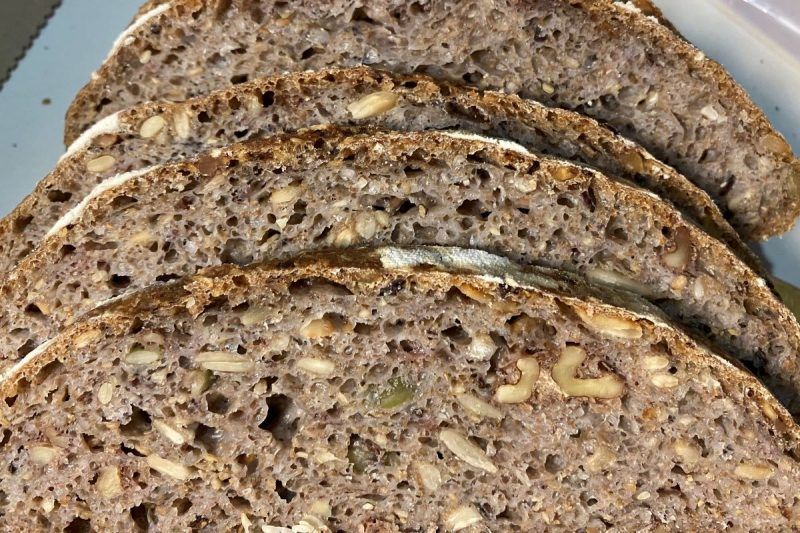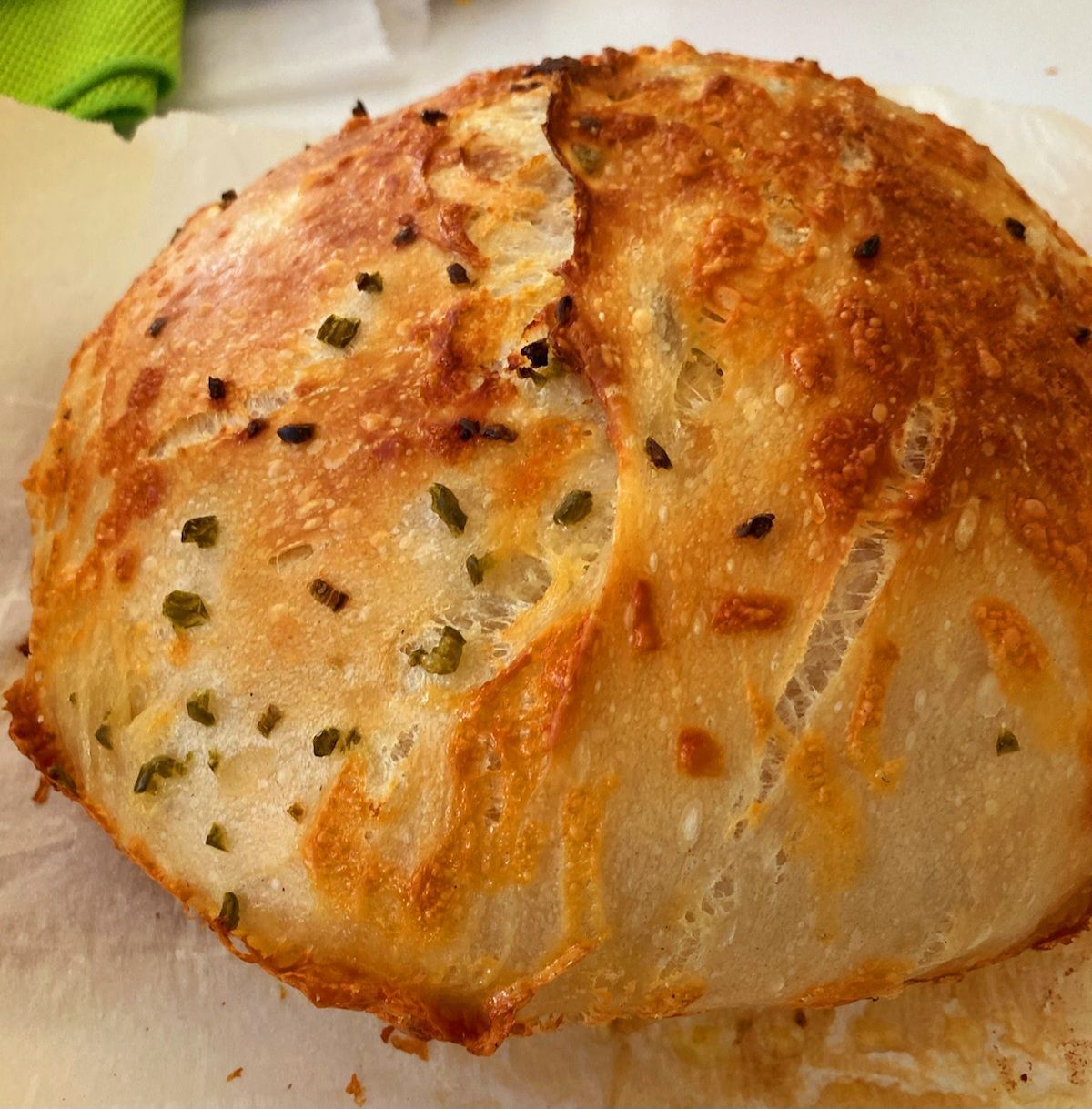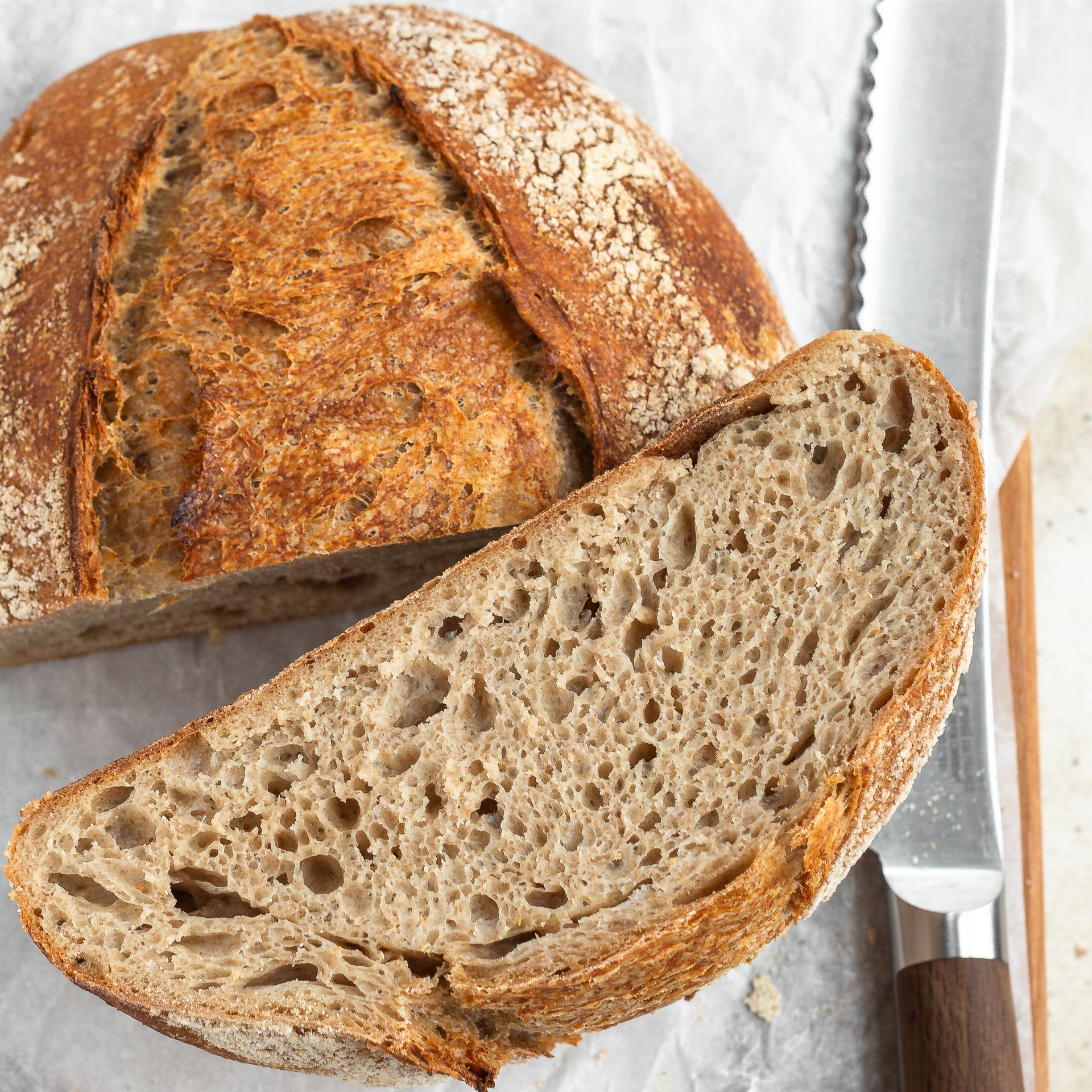Sourdough is naturally leavened bread, which means it doesn't use commercial yeast to rise. Instead, it uses a 'starter' – a fermented flour and water mixture that contains wild yeast and good bacteria – to rise. This also produces the tangy flavour and slightly chewy texture you'll find in sourdough.
The history of sourdough dates back thousands of years, a time well before commercial yeasts were discovered. The fermentation process that is sourdough bread making has captured the attention of many home bakers in recent times, but it is a process that may be as old as time itself. The process of sourdough fermentation involves using a colony of wild yeast in a slurry of flour and water. This "sourdough starter" or mother dough as its known forms a symbiotic culture of lactic acid bacteria and wild yeast that produce carbon dioxide responsible for the rising of bread dough. This was the original form of rising bread used throughout human history, until the discovery of commercial yeast in the mid-19th century. From the flat breads of ancient Egypt to the modern day magic that is San Francisco Sourdough, the history of sourdough as a leavening agent is an interesting mix, one that continues to evolve, as more and more home bakers jump on this amazing bread production method to make their bread rise.
The average dry weight of our round sourdough boules (loaves) is 1.33 lbs (21.3 ounces ) or 0.60 kg (600.3 g)





